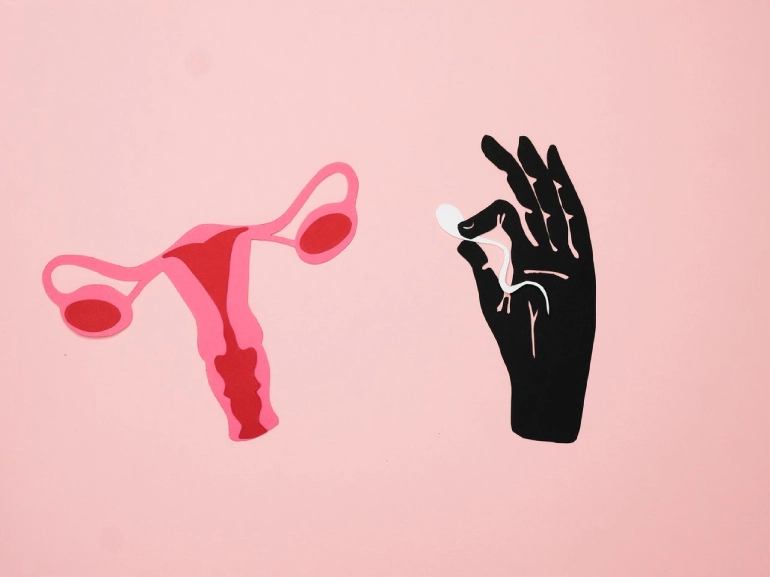If you’re lucky enough to live in an area with high foot traffic, then you have the perfect opportunity to make money from your thrift clothing: reselling them!
You may have heard the terms “thrift store” and “flea market” used interchangeably, but that isn’t entirely accurate. A thrift store generally sells new or used clothing, home goods, and furniture at affordable prices to members of the public on a consignment basis; this means that the store sells your items and keeps the profits from their sale. Meanwhile, flea markets are outdoor bazaars where vendors pay to rent space to sell their merchandise; buyers purchase these items directly from the vendor rather than from the organization operating the flea market.
This guide will show you how to get started with this business idea, and it has everything from advice on what clothes to look out for and how much you can expect to make off of selling each piece online.
Find Your Style
The essential step in selling your clothing online is creating a brand. Narrow down what style you’re going for, and then start looking at other successful people within that niche. Once you figure out what works, you can replicate it by offering similar items in your shop. That way, if someone likes an item on another seller’s page, they’ll find something similar when they search for it on yours as well!
Come Up With a Branding
You’ll want to figure out a name, as well as an aesthetic that represents you and what you’re selling. It can be difficult at first, but your branding will be something customers see time and again, and it should help them recognize your items when they see them pop up online or in stores. The better you are at branding yourself and your products, the more valuable you’ll be to people looking for new items on sites like eBay. Branding also gives potential resellers more confidence in buying from you because they feel like they know what they’re getting before their item ships. Several details come into play with branding—you might consider hiring a professional photographer for some high-quality shots or hiring someone to do search engine optimization (SEO) work.
Have an Eye for Trendy items
The best way to make money selling your clothes is to find clothes in demand. The faster you can get on a trend, the better. For example, it’s all about Y2K and retro-style clothing right now, so sellers who buy and resell vintage clothing will have no problem making money. Learn what types of items sell well online by looking at Pinterest or Instagram for inspiration! Find new ideas on where to shop for thrift-store finds. To ensure you never run out of inventory for resale, always keep an eye out for unique styles and trends as they pop up. If you stay ahead of the market, there’s no limit to how much cash you can bring in! Think ahead when shopping—what items would be desirable six months from now?
Take Good Photos

Nothing beats a great photo. It’s true! For example, take a look at my post on how to go thrifting in NYC. If you want your items to sell, you need photos that are as good as or better than what you’d find on an e-commerce site like eBay or Amazon. After all, if people can’t see what they’re buying and judge its quality, there will be no sale! So make sure your photos are professional, show off any flaws or defects clearly, so buyers don’t expect more than what they see, and use excellent lighting and composition. A little practice goes a long way here!
Post It on Good Sites
Don’t have a website of your own? Don’t worry—if you don’t want to start from scratch, you can use an established marketplace such as eBay or Etsy. You can also set a shop on Facebook and Instagram. If you want to set a shop to curate thrift finds, there are affordable web design and hosting packages that will provide you with everything you need to get started. Most sites charge between $5 and $30 per month, depending on the features offered. Make sure you look at their terms of service before signing up to make sure they allow secondhand sales.
Market Your Business
Once you’ve written a business plan, it’s time to find customers. Attend local networking events, join trade groups related to your field, and hand out business cards. If you have a website or online presence, that’s great—but make sure it includes a professional-looking email address, basic information about your products or services, and clear contact information. Don’t be afraid to reach out directly; every small business needs word of mouth, so be proud of your company and share it.
Pack It Creatively
Think of good packaging ideas. How can you make your clothing look more enticing? Is there anything you can do to make people want it more? Packaging is an overlooked aspect of reselling, but it plays a significant role in drawing customers in. It’s always best to under-promise and over-deliver: package your items in a way that showcases their quality and makes them seem like a steal.
Selling your secondhand clothes online can be highly profitable. With careful planning, an eye for trends, and dedication to your craft, you’ll soon be maximizing your profits by buying low and selling high. To maximize your profit margins, you mustn’t only sell trendy items but also offer a wide variety of clothing styles.



